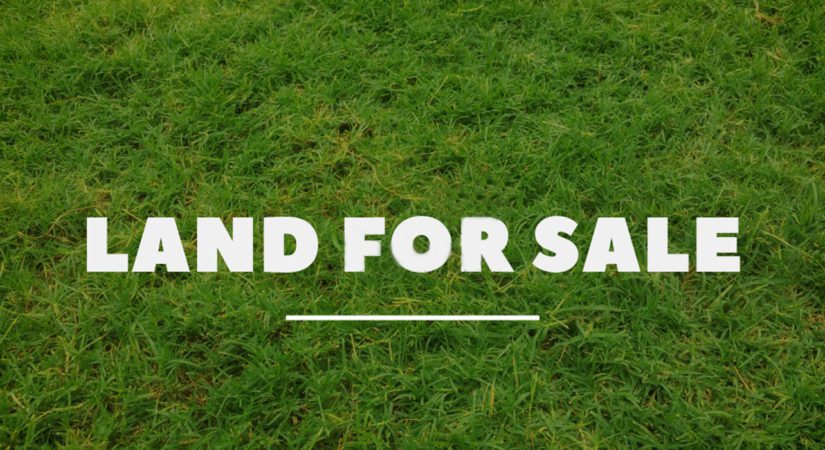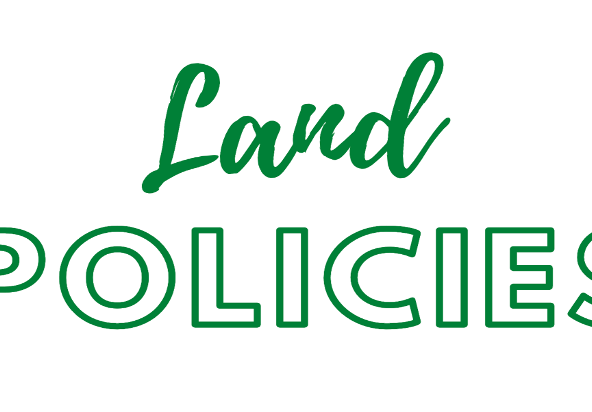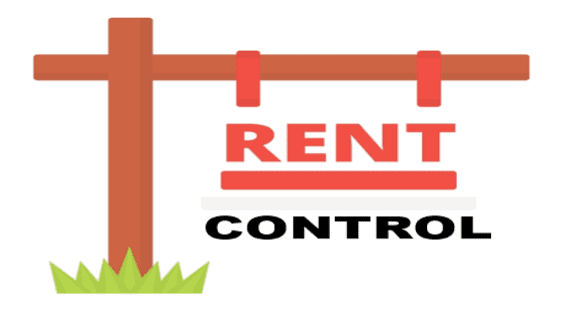In Ghana, the general principle is that there are no lands without landowners. In Ghana, whether the land is used or not, there are no idle lands.
Types of land ownership in Ghana
1) State Lands or Public Lands
2) Customary Lands
3) Vested Lands
State Lands or Public Lands
This is land that is collectively owned by the state and held in trust for the state by the President. It accounts for 20% of Ghana’s total land. The Lands Commission is entrusted with the management of state lands by the President.
Customary Lands
Ethnic groups, tribes, kingdoms, clans, and families control these lands. They are owned jointly by ethnic-tribal groups.
The following are the sub-categories:
1) Stool Lands: These are held by the people, and the chiefs who occupy the symbol of authority, which is usually a stool, help to keep the people’s trust. This is commonly done in the country’s southern regions.
2) Skin Lands: These are held by the people, and the chiefs who occupy the symbol of authority, which is usually a skin, help to keep the people’s trust. This is commonly done in the country’s northern regions.
3) Family/ Clan Lands: These are owned by families together. Even if there are chiefs in the area, the allodial interest is vested in the family and not the stool or skin.
Family heads make land decisions on behalf of their families, who hold the lands in trust.
Vested Lands
This is a dual ownership situation. It’s a hybrid between state and customary land. The state takes away the right to manage the land, while the customary administrator retains the right to enjoy the land’s benefits.





